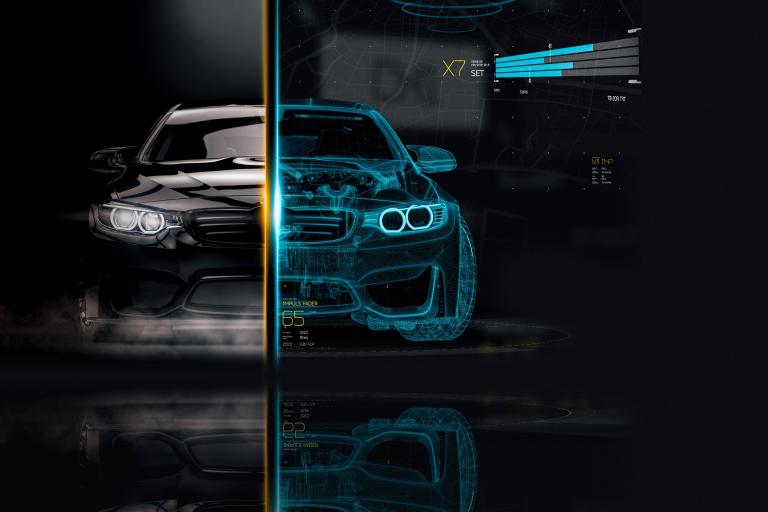Location forecast: top location technology trends to look out for in 2023

As 2022 draws to a close, HERE360 looks at the ways location intelligence will move various industries forward next year..
In the year that saw BMW release the first vehicles equipped with Level 2 of automated driving capabilities and deliveries reached new heights, 2022 was eventful for location technology.
Powering innovations in logistics and automotive alike, maps and location services have become central to the success of many sectors. As we move into 2023, let's look at a few ways location technology will shape the latest innovations and advancements.

The sixth sense
While the rise of highly automated driving is exciting, many have missed a quiet revolution that is taking place in the background. Connected cars are increasingly equipped with advanced driver-assistance systems (ADAS), helping drivers with everything from parking to lane discipline.
As we saw with Intelligent Speed Assistance (ISA), these features can help make driving safer as well as smoother. What's next? We expect to see more use of highly accurate, real-time mapping that will allow cars to effectively see around corners.
Like a sixth sense, this cutting-edge map will be able to tell drivers about obstacles neither they nor the car's cameras can see yet. Watch this space.

The middle mile
The last mile can be the supply chain's trickiest and most expensive leg of the journey. Getting goods to consumers in busy cities presents a routing challenge. However, solve the middle mile, and the rest of it can slot into place more easily.
Expect to see more fulfillment centers cropping up closer to the end user. Warehouse technology is also coming on leaps and bounds as billions are invested in robotics and automation projects.
Underpinning effective, efficient middle-mile logistics is a rise in indoor, and private mapping services. These often combine external data with an organization's private information to create bespoke maps that help everyone understand the movement of goods and people inside a space such as a warehouse.

Sustainability steps up
Most companies' goals or mission statements now feature a strong focus on sustainability. The only way to truly achieve this is to pay attention to the supply chain, which is often where the biggest causes of emissions can be found.
As companies seek greater visibility into their logistics operations, they will collect data that can also help generate insights into efficiencies that can be made. The first stage of improving your carbon footprint is accurate reporting on what the situation is now. Enterprises will need to turn to location technology to do that, getting a full picture of the transportation and logistics side of their operations.
Since supply chains are responsible for more than 80% of greenhouse gas emissions and more than 90% of the impact on air, land, water, biodiversity and geological resources, this information will be critical as companies seek to make a difference in their environmental footprint.

Foresight
The idea of the metaverse was dismissed as hype by some. Perhaps many of the predictions made this year for it will never come to pass, but the use of augmented and virtual reality in warehouses will. Wearable gear can be used for various operational purposes in the warehouse, such as putaway and sorting, or what is known as vision picking.
Vision picking, or AR/VR gear that can increase a worker's productivity, is playing an increasingly vital role in the logistics and warehouse industry. The headsets can make it easier and quicker for workers to find what they need, and in some cases have been used for training purposes. Virtual spaces can also be used to enhance the shopping experience. For example, IKEA customers can use the app to place virtual furniture in their homes, reducing the need for returns.
Expect to see some big changes next year as these innovations step in to tackle challenges and opportunities in our industries.
Reimagine your supply chain with end-to-end visibility.
Have your say
Sign up for our newsletter
Why sign up:
- Latest offers and discounts
- Tailored content delivered weekly
- Exclusive events
- One click to unsubscribe


